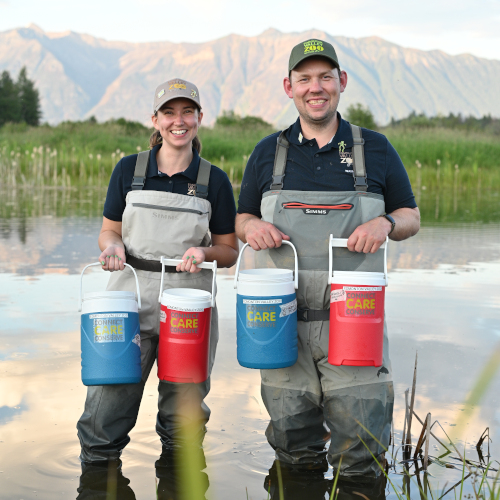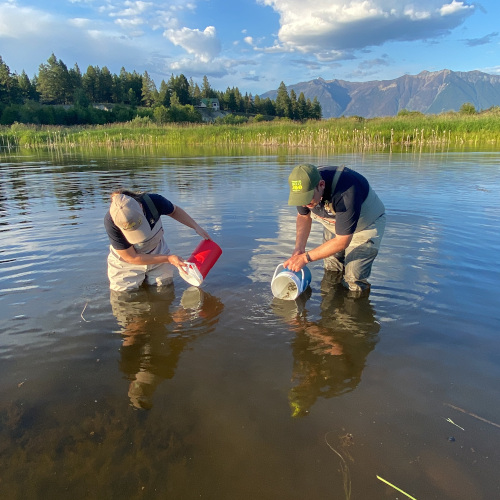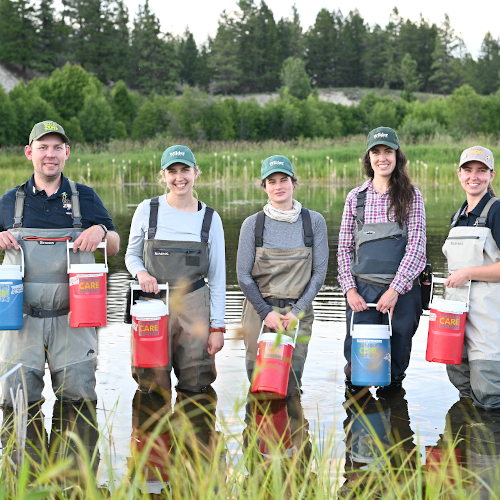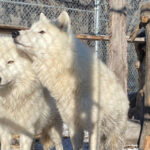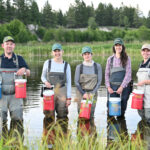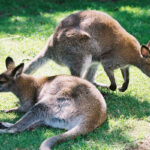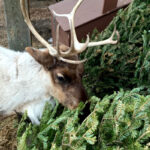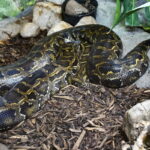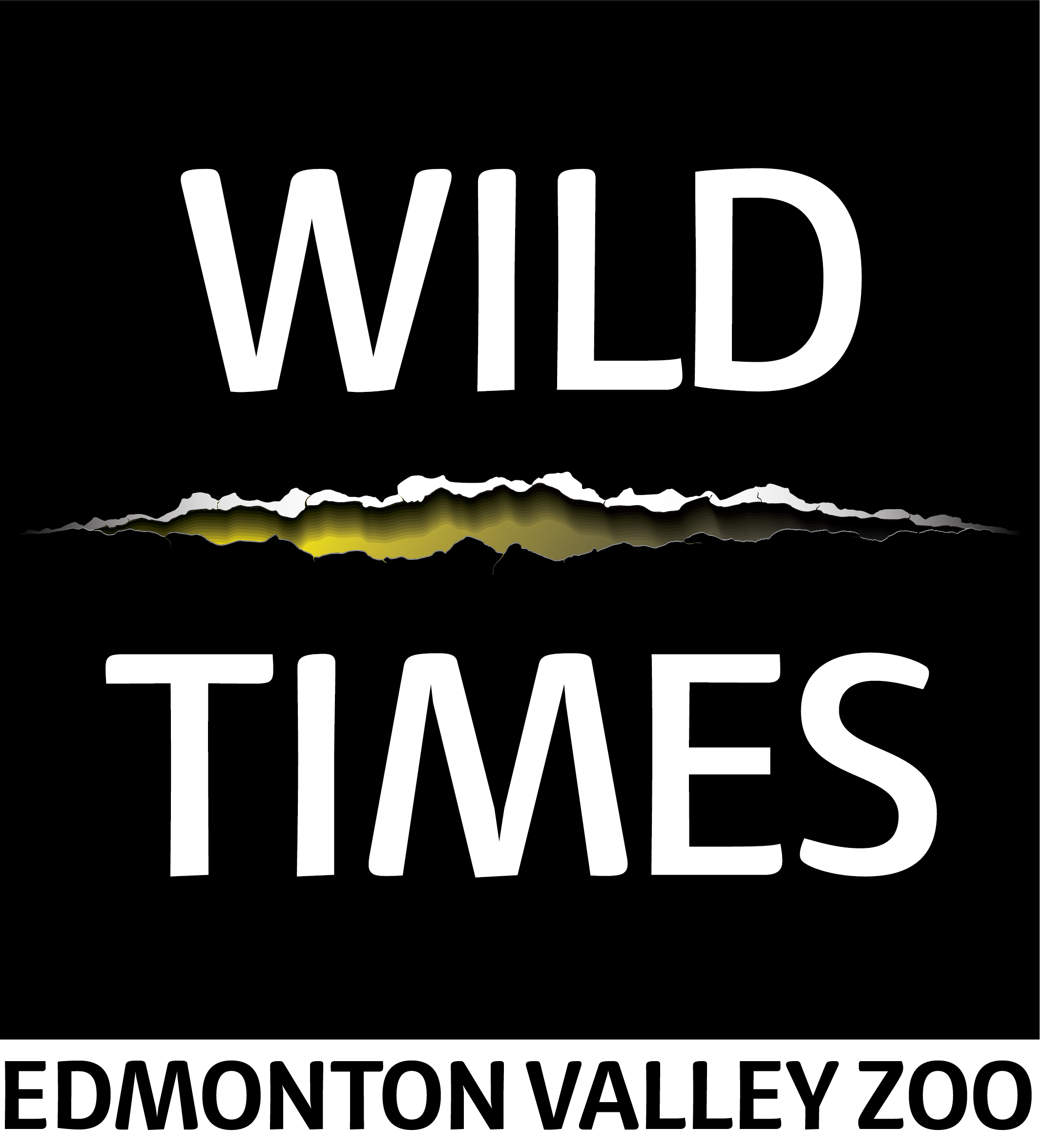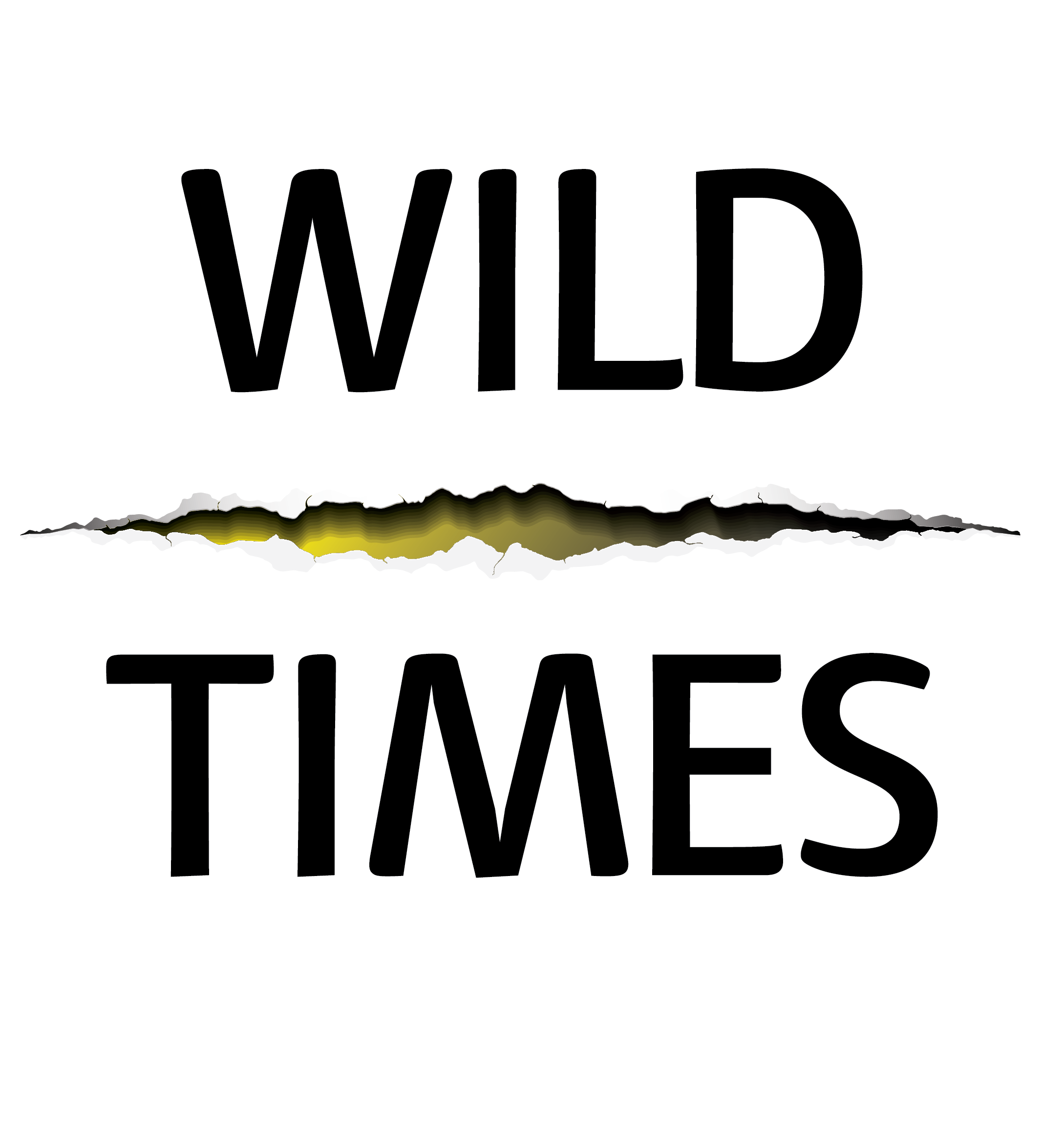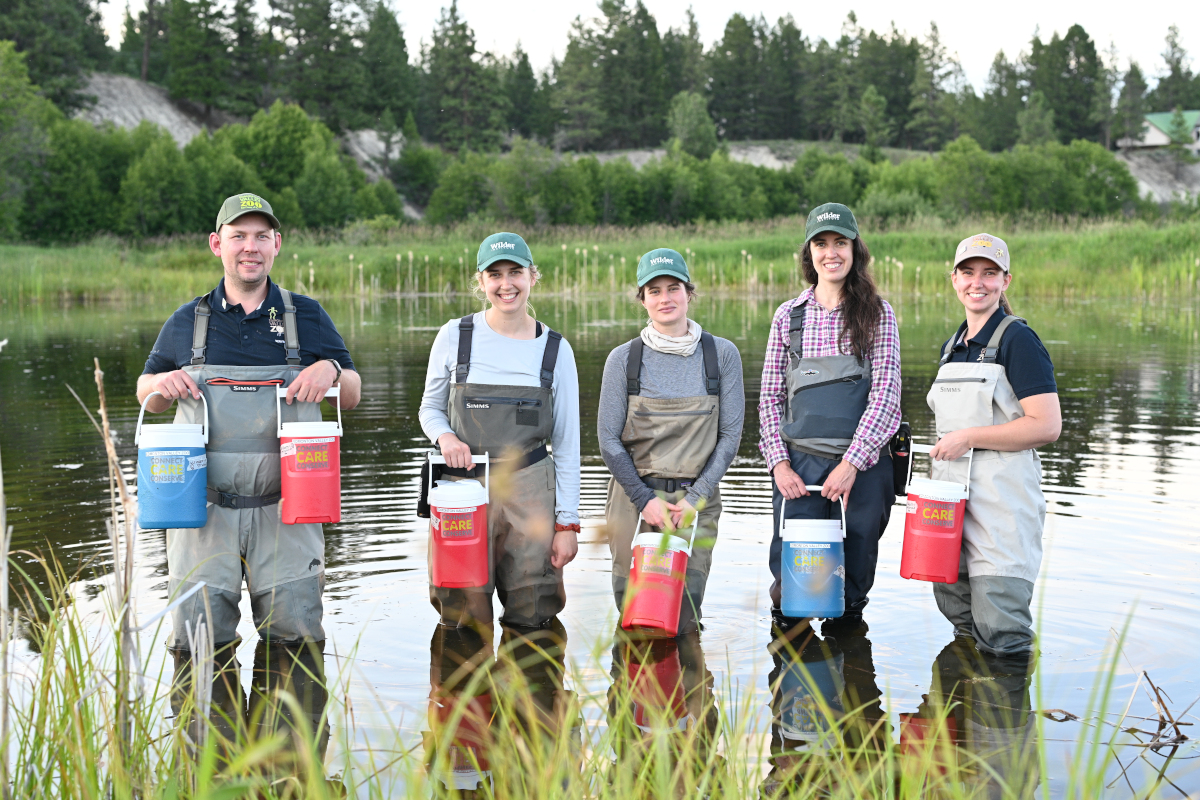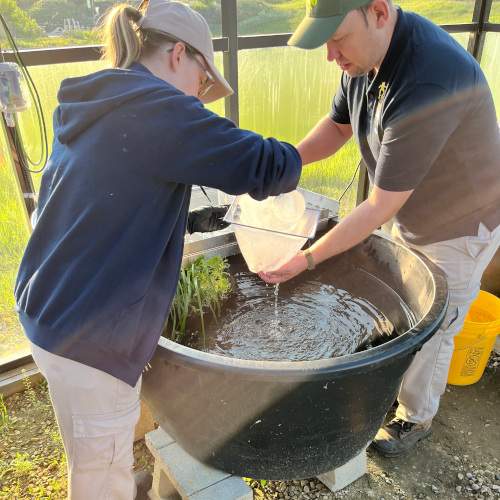
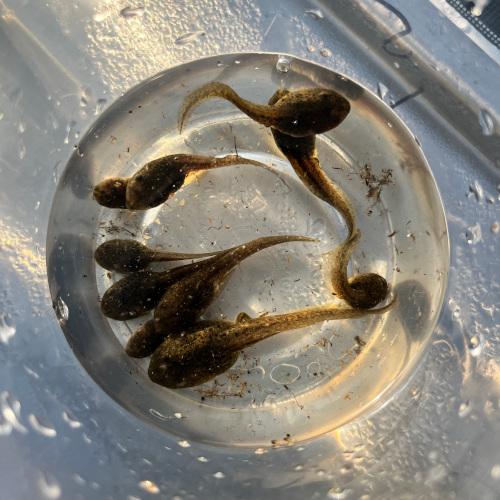
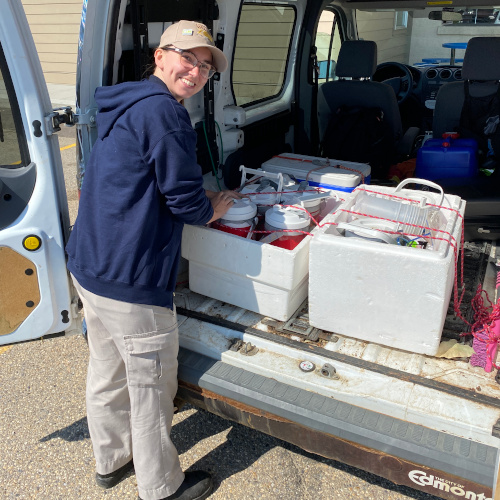
A ribbiting journey for the Edmonton Valley Zoo’s endangered Rocky Mountain Northern Leopard Frogs…
Nearly 300 endangered northern leopard frog tadpoles have been released into the wild, thanks to a multi-partner breeding program at the Edmonton Valley Zoo.
In late June, two zookeepers made the trek to a protected wetlands area outside of Kimberley, B.C. to release 277 zoo-born and raised endangered Rocky Mountain northern leopard frog tadpoles. This work is part of a breeding program with the goal of preventing the local extinction of the species in order to support the recovery of the broader western Canadian northern leopard frogs, which are considered at risk in Alberta.
The northern leopard frog program was established at the zoo in 2018 as part of the broader Northern Leopard Frog Recovery Team, which runs in cooperation with the Wilder Institute/Calgary Zoo, the Vancouver Aquarium, and the Province of British Columbia. The team is establishing new self-sustaining populations of frogs in BC, are conducting conservation research, and are maintaining assurance populations.
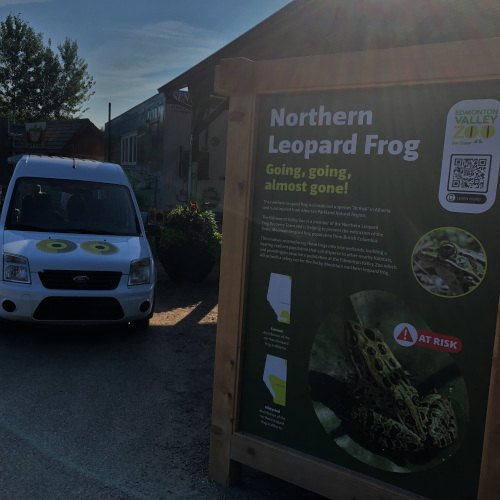
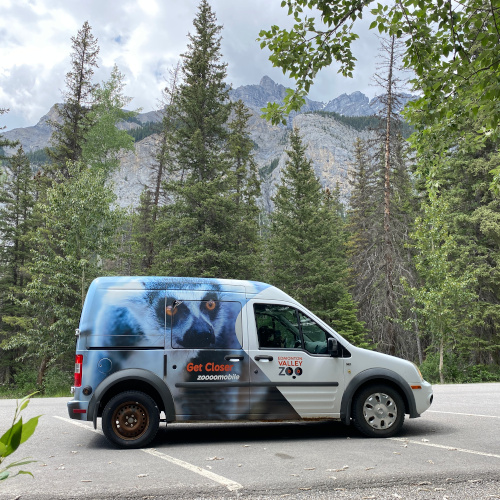
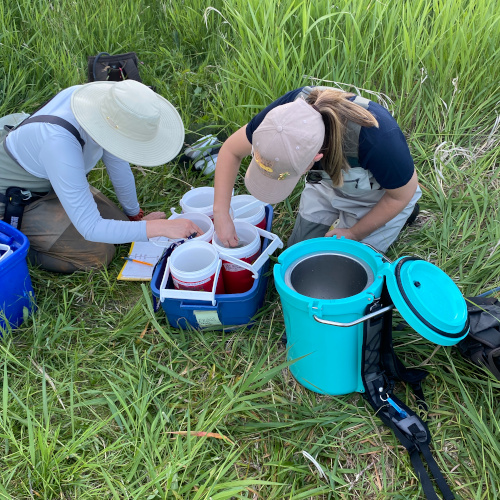
“For every person who visits the Edmonton Valley Zoo, a small portion of their admission goes to conservation. That is what helped us establish the Northern Leopard Frog Conservation Centre here in Edmonton,” said Wayne Woods, the Edmonton Valley Zoo’s Animal Care Crew Lead. “Without our visitors we wouldn’t be able to do what we do.”
Northern Leopard Frog populations across western Canada started declining sharply in the 1970s, with the Edmonton region’s population estimated to have been completely lost by the 1980s. Due to upland habitat destruction, wetland loss, pollution, and the spread of diseases, the species is now considered gone from the entirety of the North Saskatchewan River basin.
Prior to this conservation program, the Rocky Mountain Northern Leopard Frog population was also almost entirely lost from British Columbia as they were limited to only one wetland. Today, the multi-partner team is establishing additional populations in the wild and we are proud to contribute to the work that zoos are now doing to prevent endangered species loss.
